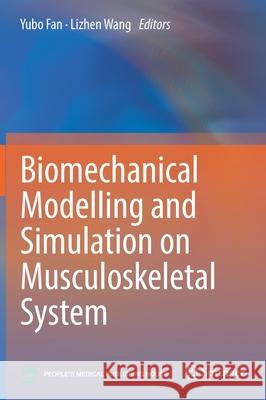Biomechanical Modelling and Simulation on Musculoskeletal System » książka
topmenu
Biomechanical Modelling and Simulation on Musculoskeletal System
ISBN-13: 9789811639104 / Angielski / Twarda / 2022 / 486 str.
Biomechanical Modelling and Simulation on Musculoskeletal System
ISBN-13: 9789811639104 / Angielski / Twarda / 2022 / 486 str.
cena 1008,75
(netto: 960,71 VAT: 5%)
Najniższa cena z 30 dni: 963,86
(netto: 960,71 VAT: 5%)
Najniższa cena z 30 dni: 963,86
Termin realizacji zamówienia:
ok. 22 dni roboczych
Dostawa w 2026 r.
ok. 22 dni roboczych
Dostawa w 2026 r.
Darmowa dostawa!
Kategorie BISAC:
Wydawca:
Springer
Język:
Angielski
ISBN-13:
9789811639104
Rok wydania:
2022
Wydanie:
2021
Ilość stron:
486
Waga:
0.90 kg
Wymiary:
25.4 x 17.78 x 2.24
Oprawa:
Twarda
Wolumenów:
01
Dodatkowe informacje:
Wydanie ilustrowane











